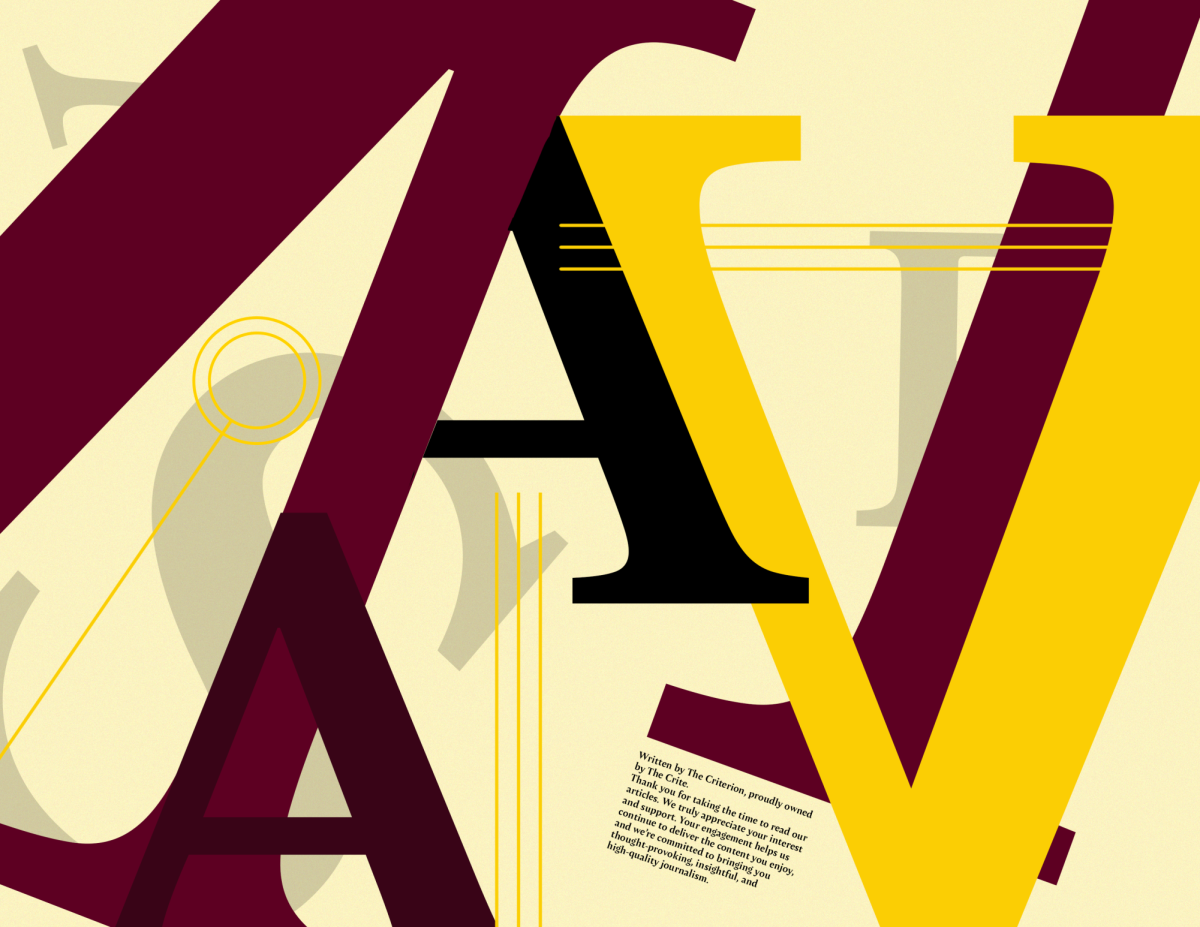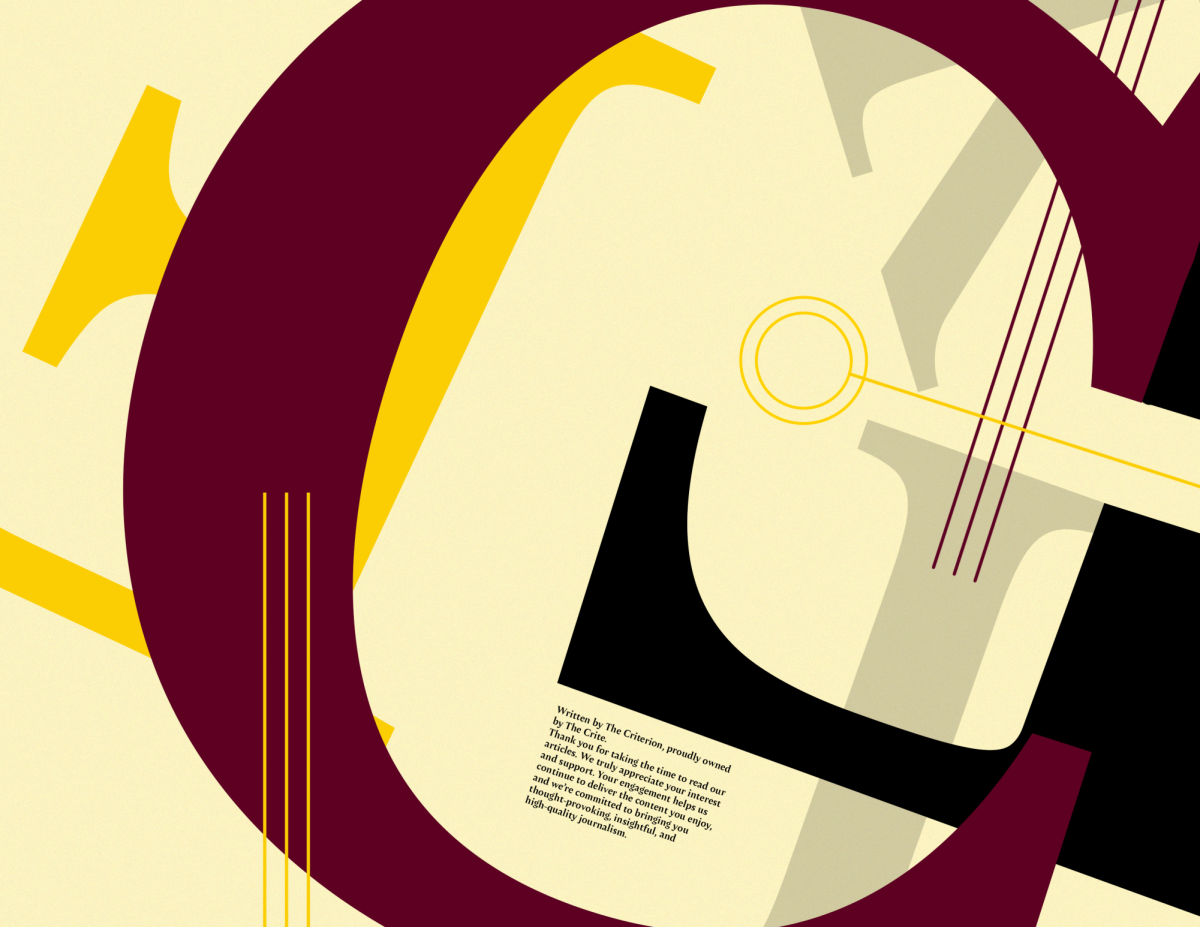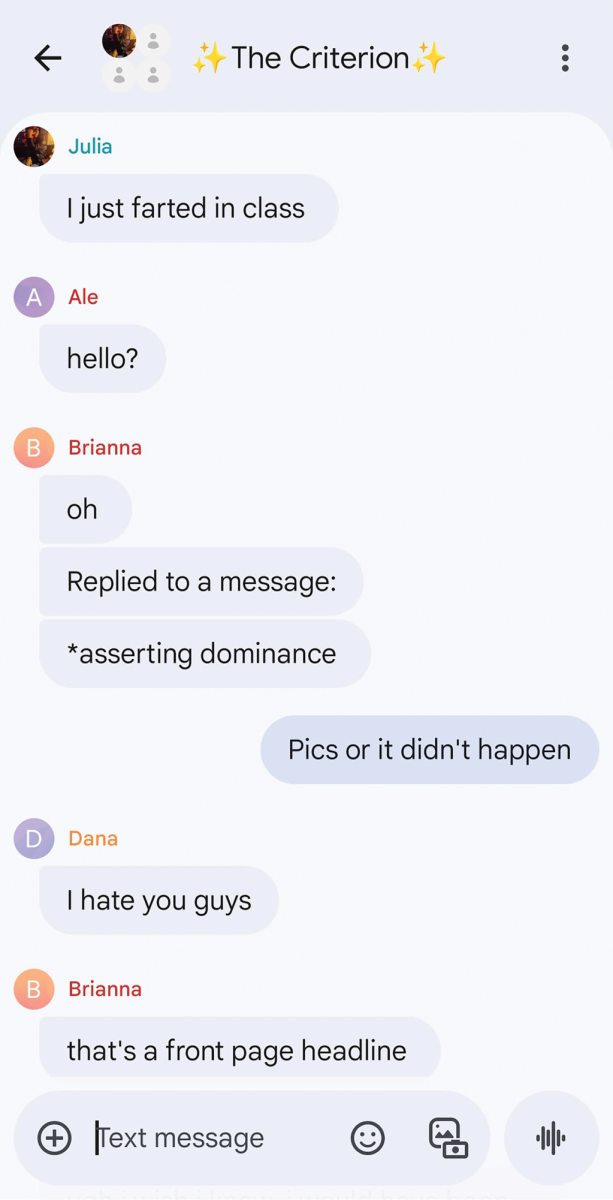The current meal plan structure at Colorado Mesa University (CMU) shorts students of the food that they pay for.
A lot of students on campus do not have the ability to cook, whether it is due to limited kitchen accessories, a lack of knowledge, money or time. Meal plans are advertised as a convenient and flexible alternative to making your own food.
However, students quickly find out that there are significant barriers that diminish the appeal and efficacy of CMU’s meal plans.
There are severely limited dining options for students, especially on the weekends. At first glance, this may not seem to be the case as there are eight dining locations on campus. However, only four of these locations allow students to exercise their meal plans without spending MAVmoney.
To make matters worse, students can only use a meal transfer at a retail location once per day, but the school cafeteria (The Caf) has unlimited meal swipes. In fact, I can’t eat at Picante’s and What the MAV on the same day because they are both in Tomlinson Library, despite being two different dining locations. It’s clear how these policies constrain the students’ options throughout the day.
The cherry on top is how multiple dining options reduce their hours or close entirely during the weekend. For example, the Caf only serves food from 10:30am to 1:30pm for brunch and 5pm to 8pm for dinner on Saturday and Sunday. Tomlinson Library, which houses three dining options for students, is closed all of Saturday.
This is very inconvenient if you are busy during these hours with a job and homework, or you are simply hungry at “irregular” times.
The only all-day option for students with meal plans during weekends is Flat Top Grill. There, they have the options of a grilled cheese sandwich, chicken nuggets or a thin patty burger and fries.
Additionally, students do not have access to certain dining options with their normal meal plans. Students can only dine at locations like Chick-fil-A or Einstein Bagels using their personal funds or MAVmoney.
MAVmoney is provided to students to spend on the aforementioned retail dining locations. However, MAVmoney comes directly from a $150 add-on attached to the student’s bill in addition to their meal plan.
While this is included in the school’s advertised meal plan pricing, MAVmoney does not transfer over to the next semester if it isn’t spent. The school simply keeps the leftover funds.
Whether you like it or not, the MAVmoney add-on is automatically included in both Meal Plans A and B. It seems disingenuous to force students to rely so heavily on MAVmoney when they already pay between $2.2K and $2.4K on a meal plan; instead, more meal transfer options should be offered at these locations.
One can see then how, in practice, meal plans are much more confining than they are portrayed to be. If CMU really cares about feeding their student body, they should cover more dining options with the meal plans and do away with their one meal transfer per location policy.
At the very least, CMU should also carry over MAVmoney from semester to semester since we pay for it ourselves, and is essential in order to access all of CMU’s dining options.









